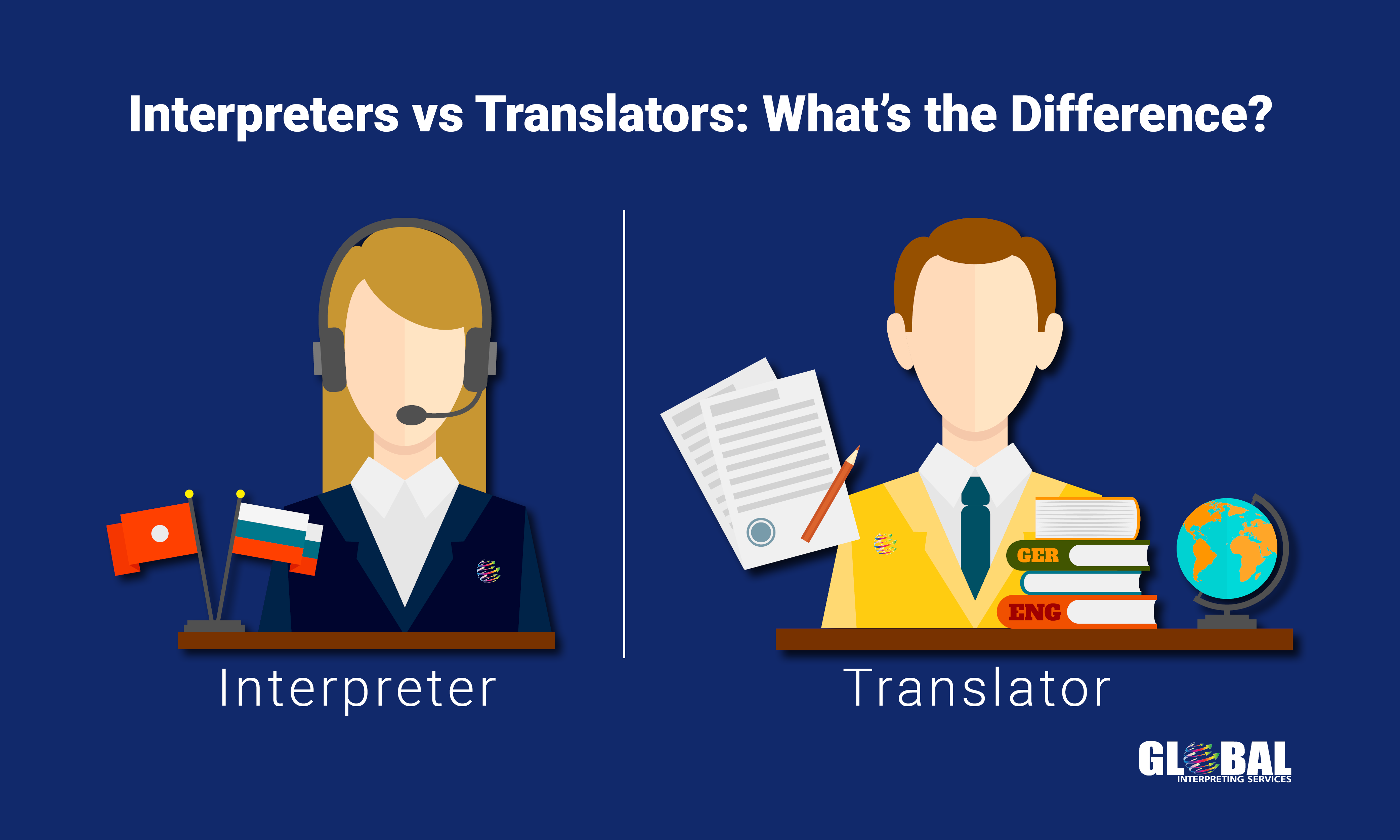When looking for language services, do you know the difference between "interpreter" and "translator?" Often people use these terms interchangeably, but there are some critical differences between these language services. This article will discuss the key differences between interpreters and translators.
In this article we will be going over:
1. What are Interpreters
2. What are Translators
3. What are some key differences between these jobs
4. What can you get translated?
5. What can you use an interpreter for?
Before we dig into the differences, let's get the similarities out of the way—translation and interpreting deal with converting a message from one language to another. There is a source, the language that the message originates from, and a target, the language that the message will be converted into. Along with knowledge of languages, the translator or interpreter will need to understand the culture and a range of expertise. Because of this, both interpreters and translators will often specialize in different fields. These fields include:
- Medical
- Education
- Business
- Legal
- Technical
Now, on to the differences.
Interpreters
Interpreters work with spoken and signed language, which happens live or in real-time. They will become a conversation tool, taking in the words of one language and paraphrasing it in another language. Interpreters will deliver the message at the same time as the original speaker (simultaneous), or after the original speaker (consecutive). They also have to deliver the tone of the message while accounting for various differences between cultures, dialects, and settings.
Interpreting takes a lot of skill, as the real-time setting does not allow for many tools or aids. The interpreter has to rely on their honed skills and reflexes to remain accurate and in time with the speaker. The message should sound as if it had originally been spoken in their language.
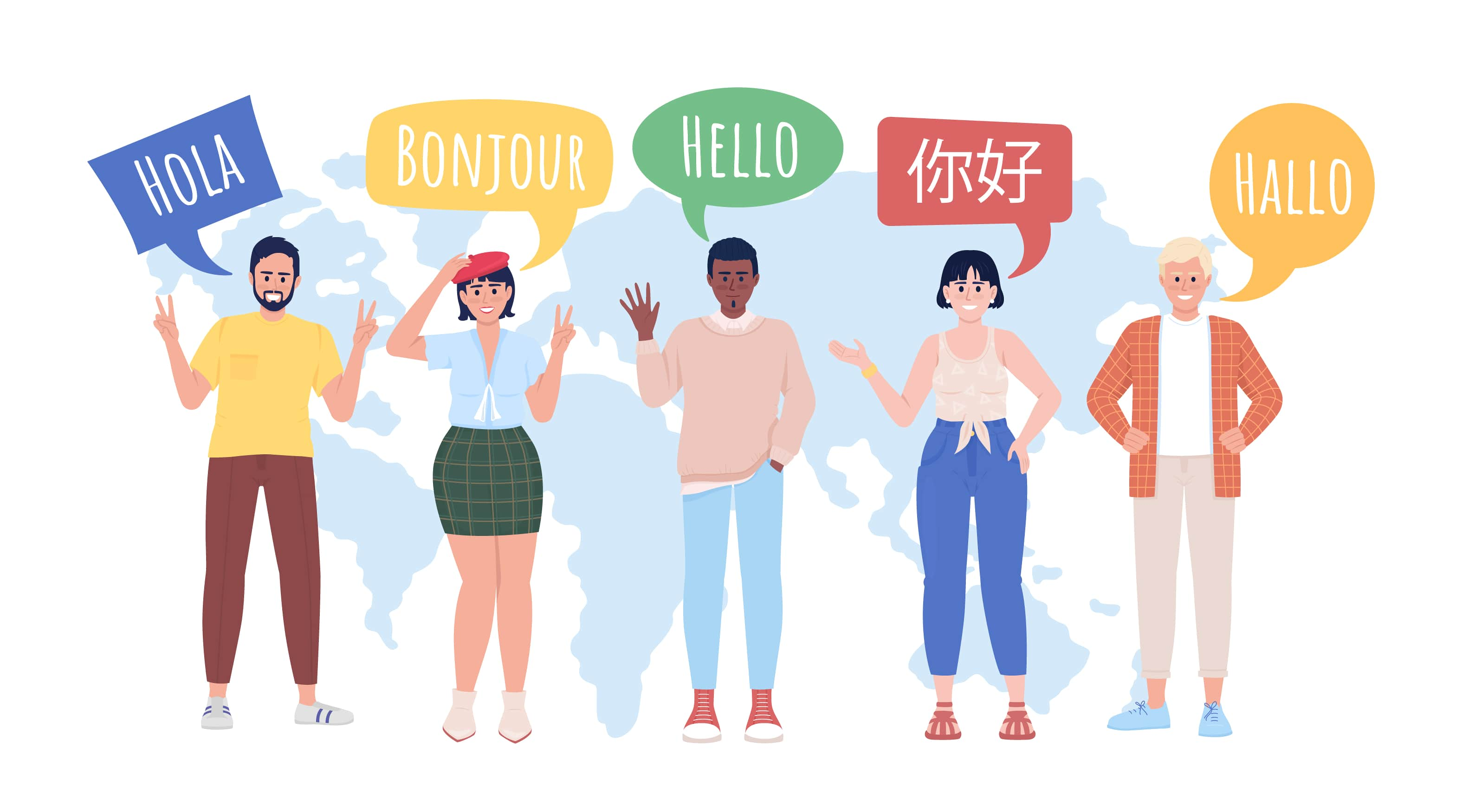
Translators
Translators, on the other hand, work with written language. They take a document that is written in one language and translate it into another language. This requires a deep understanding of both languages and excellent writing skills. Translators often work with documents like legal contracts, medical records, and marketing materials.
The message they work with has been produced separately from the translation process. This allows for greater accuracy of the message and enables the use of computer-assisted tools.
Some of these tools include:
- Converting source documents into file types that are easier to work with
- Applying Translation Memory to translate words and phrases that have previously been translated automatically
- Glossaries and dictionaries to aid in message accuracy
- Translation style guides to ensure the quality of the message

What's the Difference?
Key Aspects.
Now that we have described what interpreters are, let's look at some key differences between them.
1. Direction
Translators often translate in a single direction, from the source language to the target language. (Often in their primary language)
Interpreters must be able to translate in two directions. They must interpret the message and the response if they are facilitating a conversation between two people.
2. Timing
Translations are often done long after a message has been delivered since they deal with written language. This gives plenty of time for the translator to use tools and resources to achieve a highly accurate translation of the message.
Time is not a resource interpreters have, as the interpretation is performed alongside the spoken or signed language.
3. Skillset
Interpreters must be fluent and able to communicate in more than one language; for many in the US, this is often English and another language. (Maybe a primary language) They must also possess quick thinking and reflexes to help them keep pace with the conversation.
Translators can understand multiple languages but only need to specialize in their target language. So while they may be able to read Spanish and English, if Spanish is their target language, they only need to be able to write extremely well in Spanish.
4. Accuracy
Like everything else we have discussed, time is the differentiating factor. Because translators have unrestricted time to complete a translation and have the aid of tools, the accuracy of their work will be incredibly high; but for interpreters, while they always strive for perfection, they must do what they can to keep the message flowing. And this doesn't mean they will be inaccurate, but interpreters will often paraphrase the message, maintaining the meaning with a quicker phrase.
5. Pricing
Translators will often price a project based on its word count. This could be words from the source document's language or the completed target language. They may also use estimates of how much time they will need to complete the translation. The pricing method can vary because translations are not restricted to a specific time; but for interpreters, because interpretation is restricted to time, pricing must also be. So it is common to see interpreters charge by the length of the job, hourly, half-day, full-day, or by the job.
Now that you better understand the differences between translators and interpreters, let's discuss situations you might use each.
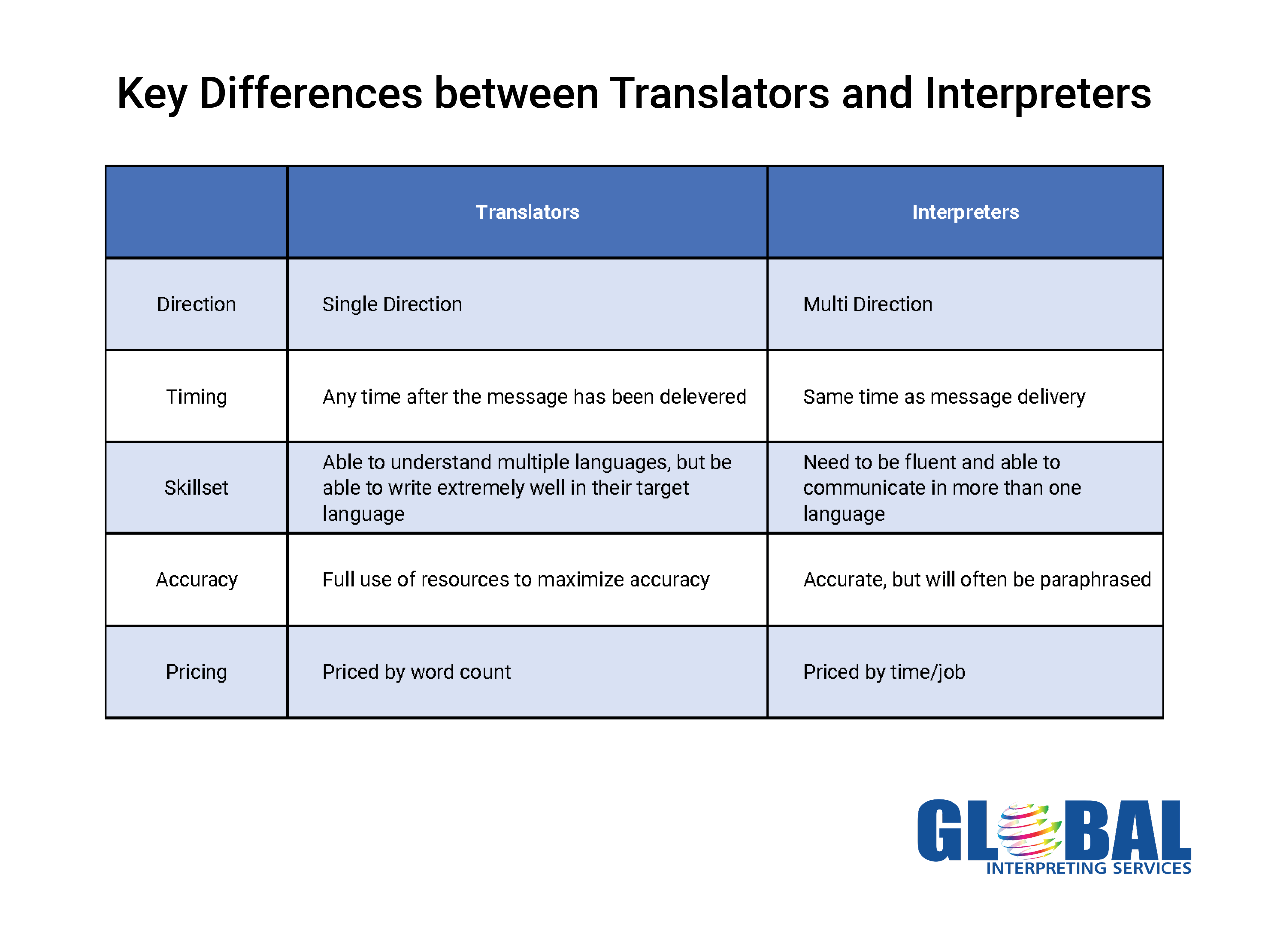
What are some things you can translate?
Common uses for translations include:
- Birth Certificates
- Marriage Certificates
- Technical Documentation
- Flyers, Charts & Graphs
- Medical Documentation
- School IEPs
- Drivers Licenses
Typically, translation companies have grouped all translations under "document translations," but it's useful for more than just documents anymore. Anything that can be recorded in video or audio can be turned into a transcript, which can be translated. This allows for the translation of:
- Video Subtitles
- Audio Transcripts
- Video Graphics
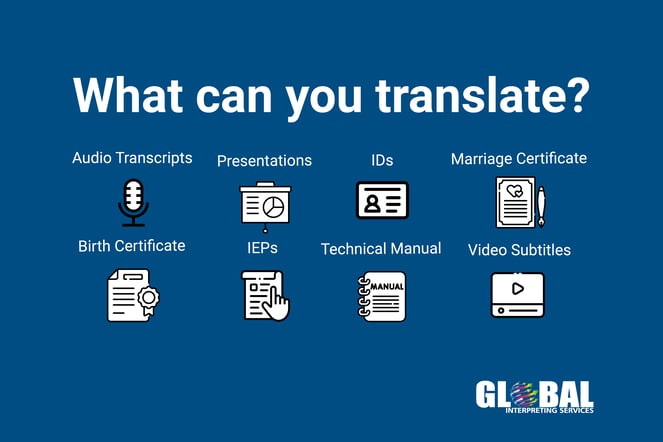
If it can be turned into words, it can be translated.
What are some things you can interpret?
Interpreters work in a variety of fields with a variety of tools. Interpretation services can be done in person, over the phone, or through video.
Common uses for interpreters include:
- Medical appointments
- Interpreting Meetings
- Educational Interpreting
- Interpreting for Events/Concerts
- Court Interpreting
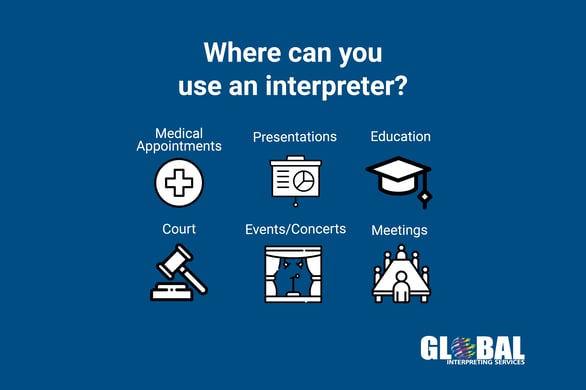
Final Thoughts
Although interpreters and translators work with language, their roles differ.
- Interpreters work with spoken and signed language in real-time, while translators work with written language after the message has been created.
- Both require a deep understanding of both languages and cultural differences.
- Translators often use computer-assisted tools, while interpreters rely on their honed skills and reflexes to remain accurate.
- Translators work in one direction, while interpreters often work bi-directionally.
- Pricing can vary, with translators often charging based on the word count and interpreters charging by the length of the job or hourly.
Understanding the differences between these two roles when seeking language services is essential to ensure you get the proper support for your needs.
If you need an interpreter, Global Interpreting Services provides access to these language services and more.
Learn more about our interpreting services here.
Learn more about our translation services here.
